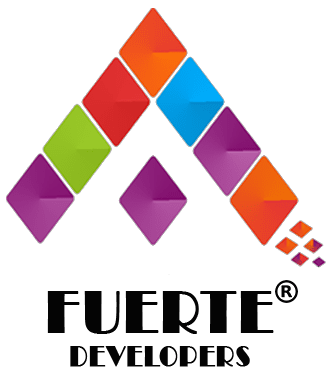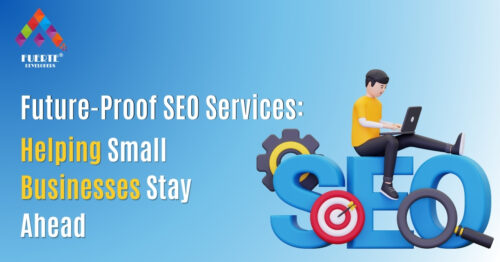Introduction: The Social Media Conundrum
For small businesses, social media is non-negotiable for growth. But marketing jargon often creates more confusion than clarity. Specifically, the terms SMO (Social Media Optimization) and SMM (Social Media Marketing) are frequently used interchangeably.
Using the wrong strategy for the wrong goal leads to wasted time and budget.
The simplest distinction is this: SMO is about making your content ready to be shared, while SMM is about actively promoting your content and business.
Let’s demystify these two crucial concepts and explain how both must work together to succeed in the digital landscape.
What is SMO (Social Media Optimization)?
SMO is the foundational work of ensuring that your digital assets—your website, your blog content, and your social media profiles—are structured and prepared to gain maximum visibility and engagement organically. It’s about building the stage, not performing on it yet.
The Goal of SMO: Organic Reach and Shareability
SMO aims to naturally increase traffic, awareness, and profile visits without relying on advertising dollars.
| SMO Focus Area | Key Activities |
| Website Content | Integrating social share buttons on every post; using Open Graph tags (for Facebook/LinkedIn) and Twitter Cards so shared links display the correct image, title, and description. |
| Profile Structure | Fully completing bios with relevant keywords; using high-quality profile photos and banner images; ensuring consistent branding across all platforms. |
| Content Quality | Creating inherently valuable, engaging, and unique content (images, videos) that people want to share organically. |
| Internal Linking | Placing links to your social profiles prominently on your website (header, footer, contact page). |
Small Business Insight: Solid SMO is the cost-effective groundwork. It maximizes the reach of every piece of content you organically create.
What is SMM (Social Media Marketing)?
SMM is the proactive, often campaign-driven strategy that involves using social media channels to achieve specific business goals: increasing sales, generating leads, and building direct customer relationships. SMM uses the tools and features provided by the social platforms.
The Goal of SMM: Conversions and Direct Promotion
SMM involves both organic posting (consistent presence) and paid advertising (targeted reach).
- Content Strategy & Publishing: Planning content calendars, scheduling posts, and ensuring a consistent brand voice.
- Community Management: The daily task of responding to comments, replying to direct messages (DMs), and actively engaging with followers and mentions.
- Paid Advertising: Running targeted ads (Meta Ads, TikTok Ads, LinkedIn Ads, etc.) to reach people outside your immediate follower base based on demographics, interests, or behavior.
- Analytics: Tracking key performance indicators (KPIs) like click-through rate (CTR), cost per acquisition (CPA), and conversion rates to measure ROI.
SMO vs. SMM: Key Differences for Small Business
For small businesses, understanding where to allocate limited resources is key. This comparison clarifies the strategic difference:
| Feature | SMO (Optimization) | SMM (Marketing) |
| Core Function | Preparation and Setup | Execution and Promotion |
| Budget Focus | Primarily Time and development effort. | Time, Effort, and Advertising Budget. |
| Where it Happens | On your Website (mostly) and your social profiles. | On the Social Platforms themselves. |
| Speed of Results | Slower, cumulative, and highly sustainable. | Faster, immediate, and easily scalable (via ads). |
| Key Metric | Organic shares, website traffic from social, profile completeness. | Conversions, leads, sales, specific ad reach. |
Why You Must Do Both (The Synergy)
A successful social media presence requires both optimization and active marketing.
- SMO Prepares the Land: By setting up Open Graph tags and share buttons (SMO), you ensure that when a customer shares your blog post, the preview looks professional and inviting.
- SMM Plants the Seeds: Your marketing team then promotes that blog post through a paid ad or a highly engaging organic post (SMM).
- The Result: The SMM activity brings targeted eyeballs to the content, and the quality SMO ensures those users actually share the link further, driving down your cost per share and maximizing organic reach.
Final Advice for Small Business: Start with a strong SMO phase (optimizing your website and profiles). Once that foundation is solid, allocate a small budget to SMM (paid ads) to accelerate your growth and test which content converts best.







